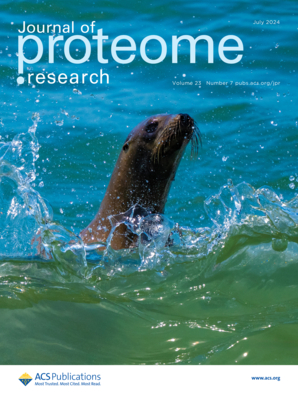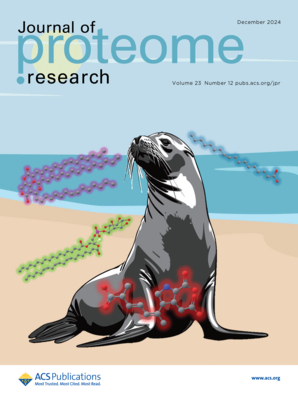What began 15 years ago as an Office of Naval Research project developing new molecular assays for domoic acid toxicosis in the California sea lion (Zalophus californianus) for the Navy’s Marine Mammal Program, is finally nearing an answer. The harmful algal toxin domoic acid is toxic to animals (ex. in the 1980s was responsible for an outbreak amnesic shellfish poisoning), and when ingested by marine mammals can cause deleterious effects on kidneys, heart, and especially the brain, in the latter causing seizures and permanent hippocampal damage. First documented in the late 90s, domoic acid toxicosis in California sea lions is a largely seasonal issue occurring along the US west coast. The measurement issue with diagnosis is that without clinical signs, permanent domoic acid induced brain damage is near impossible to confirm short of an MRI or necropsy, while domoic acid itself is eliminated too fast from the body to provide meaningful information unless the afflicted animal strands within 24 hours after first exposure.
Early work 15 years ago on assay development led by Ben Neely (then at MUSC now at NIST) and Mike Janech (then at MUSC now at the College of Charleston) focused on using mass spectrometry-based proteomics of blood to identify candidate markers, but was hampered by a lack of genomic resources. In 2018, along with veterinarians at The Marine Mammal Center, NIST led a project to generate multi-tissue transcriptomic data that catalyzed the completion of the first California sea lion annotated genome by the National Center for Biotechnology Information (NCBI) RefSeq team. This genomic resource (described by Peart et al., 2021), along with the instrumentation and expertise at NIST Charleston, led directly to critical advancements.
Two papers out this year that use NIST generated proteomic data were featured on the cover of a flagship proteomics journal (ACS Journal of Proteome Research), emphasizing recognition of the technical quality and wider applications of the research. These two graduate student led papers demonstrated cerebrospinal fluid proteomic analysis expertise Ghosh et al., 2024 and the potential of multi-omics to identify blood-based markers of domoic acid toxicosis Solosky et al., 2024. After 15 years of work on the problem, it seems there are viable blood-based marker of domoic acid toxicosis: increased hematocrit and eosinophil counts (Neely et al., 2012, Neely et al., 2015), decreased abundance of specific apolipoproteins (Neely et al., 2015, Solosky et al., 2024), and decreased triglycerides abundance (Solosky et al., 2024). These insights related to apolipoproteins and triglycerides were made possible by state-of-the-art NIST proteomic analysis, which in turn was made possible by the earlier NIST transcriptomic work, along with Erin Baker’s laboratory (University of North Carolina, Chapel Hill) performing lipidomic analysis. The agreement of complementary bioanalytical techniques indicates that veterinarians at the Navy and wildlife rehab centers could use routine tests such as a lipid panel to help diagnose domoic acid toxicosis, which is an affordable on-site capability versus using expensive off-site mass spectrometry.
The omics foundations that NIST has developed and demonstrated is enabling California sea lion research beyond NIST, but also serves as an accessible road map to using proteomics in non-model organisms (Heck and Neely, 2020, Taking Measure Blog Post). Moreover, these techniques and results are applicable beyond domoic acid toxicosis in sea lions and could be helpful (albeit unvalidated) in other species, including humans, in future exposure events, while also illustrating the power of proteomic-driven biomarker discovery and the foundational role NIST can play in enabling these technologies in new and impactful areas.


